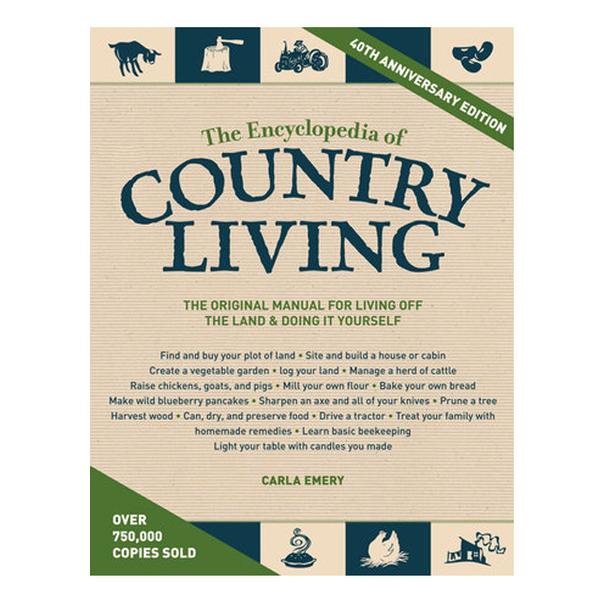This article was written by Brandon Smith (the Editor of Alt-Market.com) and originally published at Birch Gold Group.
Trillions of dollars in uncontrolled central bank stimulus and years of artificially low interest rates have poisoned every aspect of our financial system. Nothing functions as it used to. In fact, many markets actually move in the exact opposite manner as they did before the debt crisis began in 2008. The most obvious example has been stocks, which have enjoyed the most historic bull market ever despite all fundamental data being contrary to a healthy economy.
With a so far endless supply of cheap fiat from the Federal Reserve (among other central banks), as well as near zero interest overnight loans, everyone in the economic world was wondering where all the cash was flowing to. It certainly wasn’t going into the pockets of the average citizen. Instead, we find that the real benefactors of central bank support has been the already mega-rich as the wealth gap widens beyond all reason. Furthermore, it is clear that central bank stimulus is the primary culprit behind the magical equities rally that SEEMS to be invincible.
To illustrate this correlation, one can compare the rise of the Fed’s balance sheet to the rise of the S&P 500 and see they match up almost exactly. Coincidence? I think not…
Continue reading“The Strange Case Of The Falling Dollar – And What It Means For Gold”













